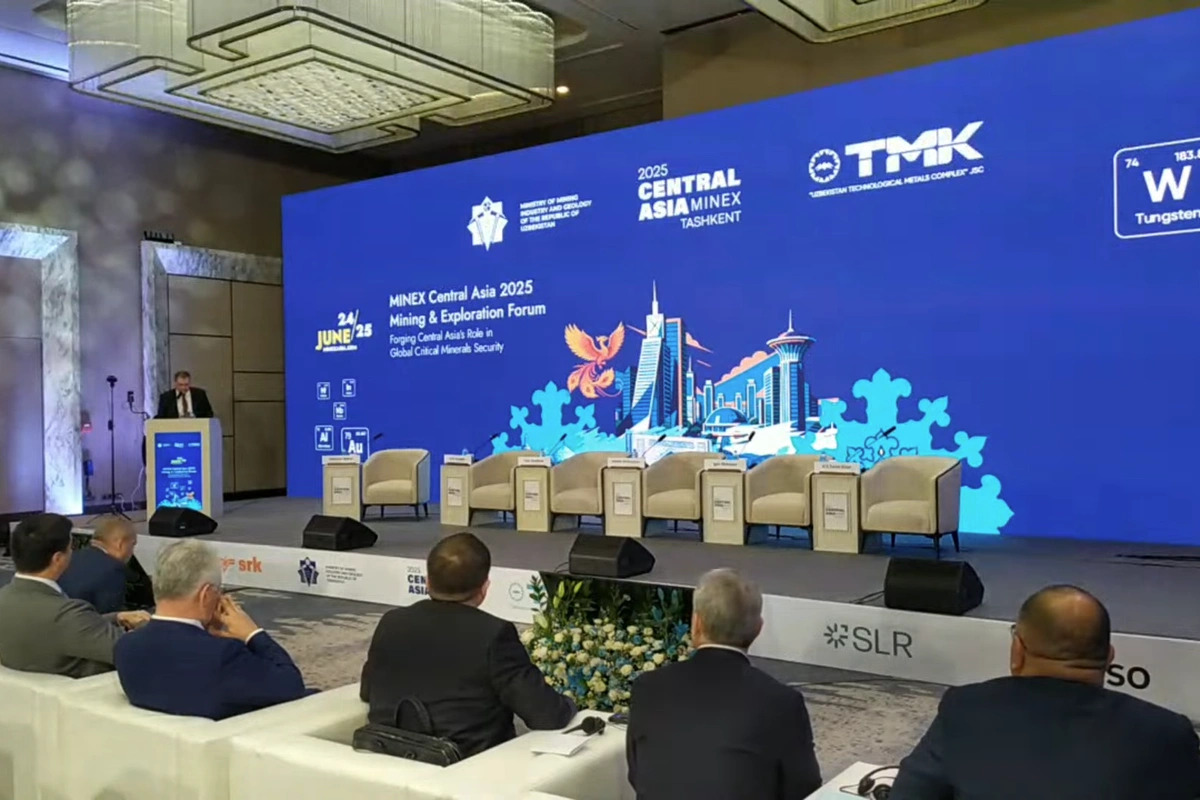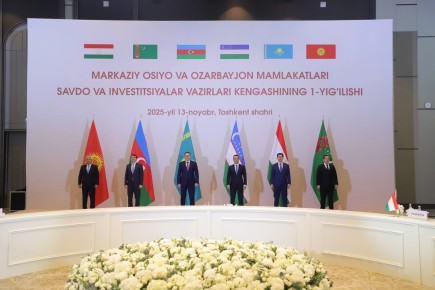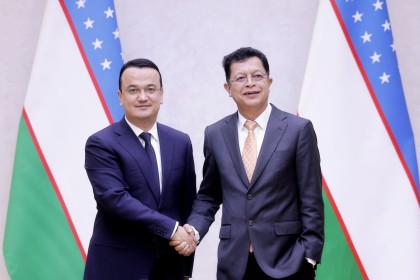Major rare metals development projects were showcased by the Uzbek authorities at the international conference MINEX Central Asia 2025, which opened in Tashkent.
According to the First Deputy Minister of Mining and Geology Omonullo Nasritdinhodjaev, the country has launched a number of reforms aimed at creating attractive conditions for investors. A new Subsoil Law, developed with the support of the European Bank for Reconstruction and Development, was adopted last year.
The Law stipulates a modern classification of resources, a “one-stop” mechanism for issuing permits, the "first come, first served" principle, the possibility of conceding licenses, as well as simplified conditions for small geological exploration businesses.
According to the ministry, Uzbekistan has reserves of 28 types of rare minerals, including copper, lithium, graphite, germanium, tungsten, vanadium, tantalum, niobium and rare earth elements. Their development has been declared one of the priorities of the country's mining strategy.
The key operator in the new sector will be the Uzbek Technological Metals Plant (UzTMP), created in 2024 at the Rare Metals and Hard Alloys Scientific and Production Association within the Almalyk Mining and Metallurgical Complex (AMMC).
“UzTMP will implement over 70 critical minerals projects worth total of $1.6 billion by 2028, which will help attract investment,” Nasritdinkhodjaev said.
According to him, the key projects to be launched in the next three years include the development of tungsten, lithium and molybdenum deposits. It is expected that by 2028, the total revenue in these areas will surpass $1.5 billion. In 2025, UzTMP vows to produce 842 tons of molybdenum, 96 tons of tungsten, 37.7 tons of hard alloys, as well as tellurium, selenium and rhenium. The revenues this year is estimated at $70 million, with more than $50 million coming from exports.
As part of the development of the downstream segment (processing and sales), industrial parks will be created in the Samarkand and Tashkent provinces to produce value-added products based on graphite, lithium and molybdenum.
$3 trillion worth of reserves
President Shavkat Mirziyoyev said at the recent Tashkent International Investment Forum that the total resource potential of the country's subsoil is estimated at $3 trillion, while geological exploration covers only 40% of the territory. He proposed providing tax refunds to investors implementing full-cycle projects - from exploration to production of finished products.
The growing global demand for critical raw materials opens a window of opportunity for Uzbekistan,. As the moderator of the first session, the former Foreign Minister Vladimir Norov said that the global market for rare earth metals could almost triple by 2030 - to $33 billion.
The European Union may become one of the important consumers of critical raw materials from Uzbekistan. Speaking at the forum, the head of the EU Delegation to Uzbekistan, Toivo Klaar, emphasized that the EU is interested in creating sustainable supply chains and is not limited to raw material extraction. "We are talking about processing, added value, technology transfer and creating new opportunities for the local population," he said.
Earlier, Brussels signed a memorandum on strategic cooperation in the field of critical minerals with Uzbekistan, as well as a joint declaration with the participation of Kazakhstan, concluded in Samarkand this spring.













